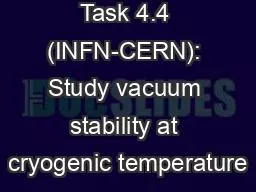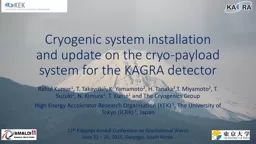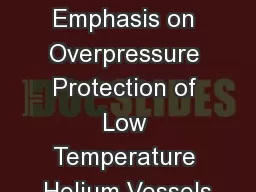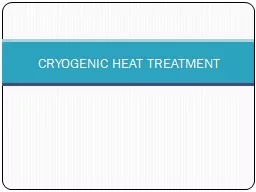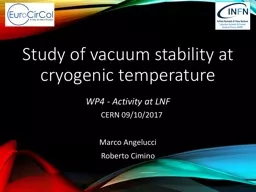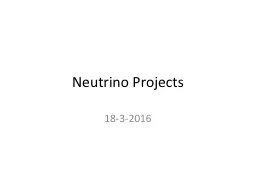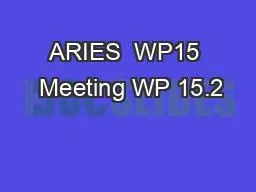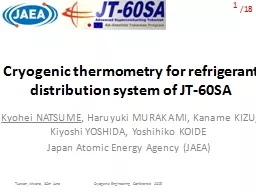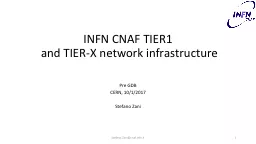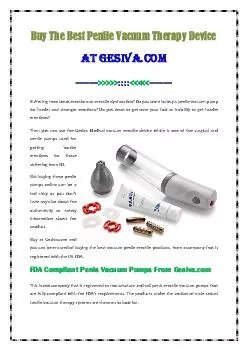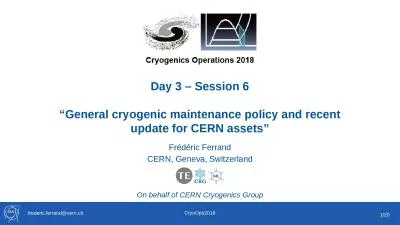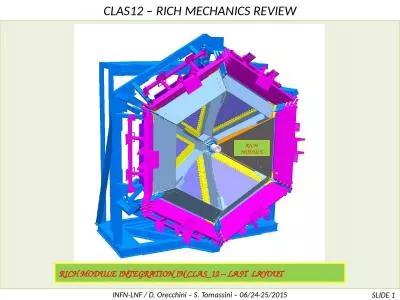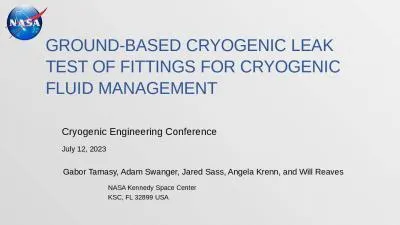PPT-Task 4.4 (INFN-CERN): Study vacuum stability at cryogenic temperature
Author : patchick | Published Date : 2020-06-30
R Cimino LNFINFN Frascati Italy amp Presently CERN Geneva CH 1 LNFINFN will perform complementary studies on beaminduced stimulated desorption phenomena by photons
Presentation Embed Code
Download Presentation
Download Presentation The PPT/PDF document "Task 4.4 (INFN-CERN): Study vacuum stabi..." is the property of its rightful owner. Permission is granted to download and print the materials on this website for personal, non-commercial use only, and to display it on your personal computer provided you do not modify the materials and that you retain all copyright notices contained in the materials. By downloading content from our website, you accept the terms of this agreement.
Task 4.4 (INFN-CERN): Study vacuum stability at cryogenic temperature: Transcript
Download Rules Of Document
"Task 4.4 (INFN-CERN): Study vacuum stability at cryogenic temperature"The content belongs to its owner. You may download and print it for personal use, without modification, and keep all copyright notices. By downloading, you agree to these terms.
Related Documents

